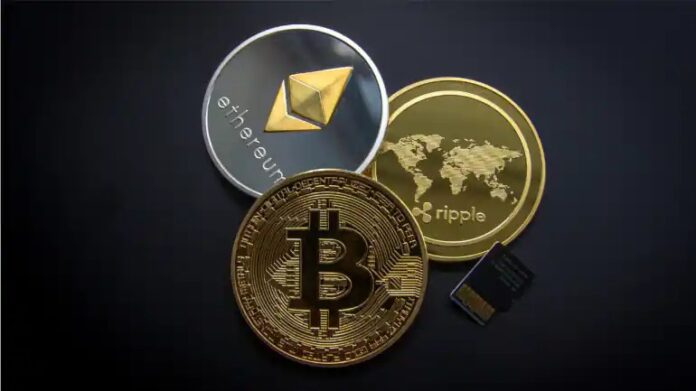
At various points in 2022, especially since his Terra/Luna ecosystem collapsed in May and then his FTX exchange in November, people thought I was doing some sort of virtual victory lap. I have suggested that For several years I screamed horse manure, a cipher.
And after holding myself against a lot of crypto brethren who tell me ‘enjoy your poor life’ feeling some sort of sense of justification when you see the market starting to implode I think so. But I was reluctant to write “I said so” because I don’t know if I actually did.

In April, I explained why I refuse to take cryptocurrencies seriously. (The market has more than halved since then.) In May, I made a moral argument against cryptocurrency, arguing that it is not just a “harmless pleasure” for many who cannot afford it. Did. (FTX lost about $8 billion and ruined the lives of many of its customers.) And last year, I argued that NFTs were not the future of art or wealth-owning, but the latest quick-get-rich crypto scheme. claimed. (Donald Trump is the only person these days who seems to think she’s cool.)
But I never called the top of the market because it always seemed like a silly errand, given that everything was based on pure belief. I am shocked by what has happened in the cryptocurrency world over the past year. It has proven shameless, more dishonest, more connected, and more imaginative than even its harshest critics could have imagined.
So what exactly did we learn from all this? First, the entire ecosystem was underpinned by far greater leverage than anyone could have imagined. It was lending real money, not just the magic string of 1s and 0s that make up cryptographic tokens. In other words, many platforms like Celsius and Voyager simply failed after billions of dollars of declines as interest rates started rising from near-zero levels where the entire market emerged and cryptocurrency prices plummeted onto their balance sheets. It turns out that you need real assets to cover your real debt (OK, yes, I knew that part).
Second, the idea that the crypto world is decentralized has been completely buried this year. We already knew that the majority of cryptocurrency activity takes place on highly centralized exchanges, with power and wealth concentrated in cryptocurrencies rather than traditional finance. But 2022 was the year we found out just how real the Big Crypto is.
A cartel of interconnected players from exchanges, stablecoin companies, and cryptocurrency networks are collaborating via group chats. One signal chat was called an “exchange adjustment” and reportedly included executives from FTX, Binance, and Tether.
Third, the cryptocurrency market economy may have a pyramidal or Ponzi-like structure, but it is also cyclical. Cryptocurrency companies have counted not only their own worthless tokens, but also other tokens as money. As Martin Walker of the Center For Evidence-Based Management and a longtime cryptographer tell me, “Their book is full of token nonsense and their friends.”
Fourth, with the collapse of so many cryptocurrency exchanges and platforms, we have seen up close for the first time the utter lawlessness that drives cryptocurrencies. Freed from the onerous regulatory yoke the non-crypto world has to grapple with, he says companies like FTX have embezzled billions of dollars in customer funds and committed massive fraud. It is “My big takeaway this year was being able to see inside the black box.
This is the last thing I learned about crypto this year.
It has a strange elasticity. Markets and many of the biggest platforms may have collapsed, and the prophets and core teachings of this pseudo-religion may have been proven wrong. , hopes that the great internet money will one day resume its orbit to the moon.